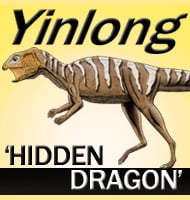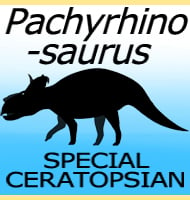Tatankaceratops
In Depth The Tatankaceratops type specimen was pieced together from partial remains before it was named in 2010, and soon after there were murmurings that it was actually a juvenile Triceratops. This stems down to a 2011 study by Nicholas R. Longrich which noted a mix of juvenile and adult characteristics in the skull. Since … Read more

